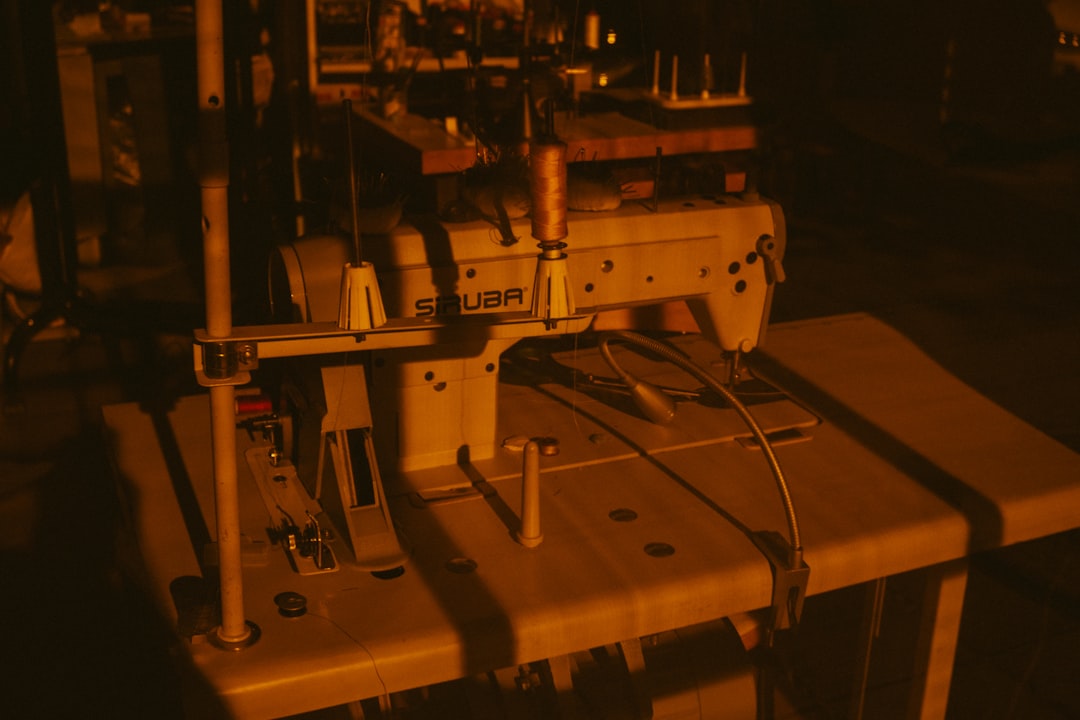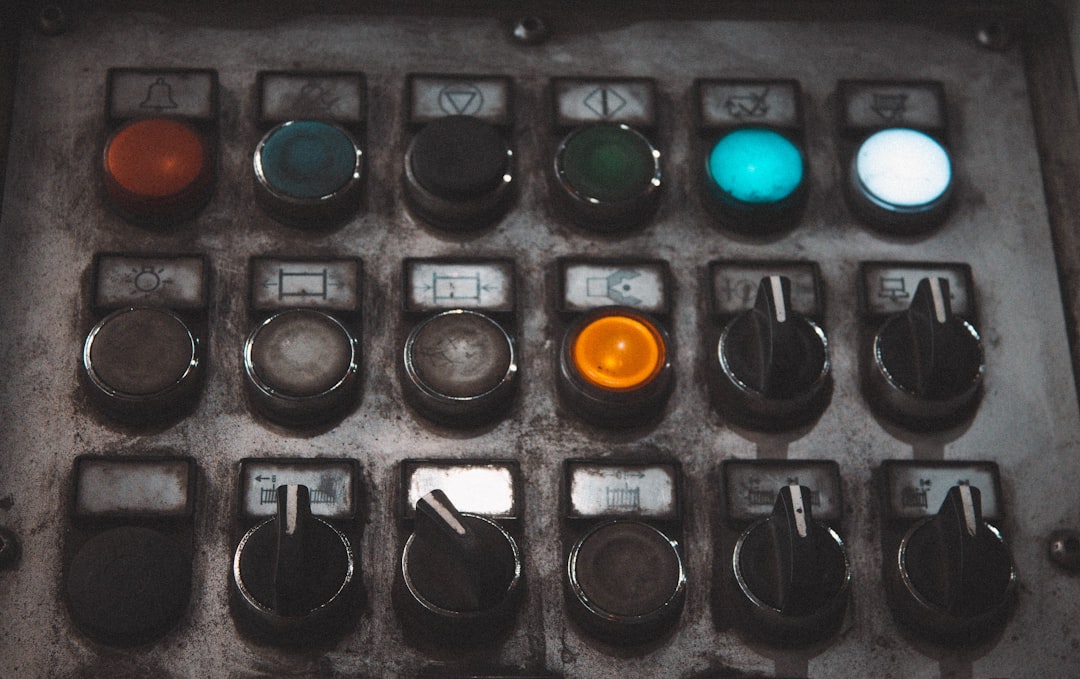Automator on macOS is a powerful tool that enables users to create workflows and Quick Actions to streamline repetitive tasks right from the Finder, Touch Bar, or the Services menu. But if you’ve ever crafted a perfect Quick Action only to find that it refuses to appear where it should, you’re not alone. This issue has frustrated users for years, and finally, a deep dive into workflow bundling and metadata structures has revealed a fix that brings those lost Quick Actions back to life.
TL;DR: If your Automator Quick Actions aren’t showing up in Finder, the issue may not be with your configuration but how the workflow’s bundle structure is defined. Rebuilding or repairing the workflow metadata solves the visibility problem in most cases. Make sure your Quick Actions have the correct Info.plist entries and bundle signatures. A fresh export and validation of the workflow often resolves hidden or unregistered actions.
Contents
Understanding the Role of Quick Actions in Finder
Quick Actions were introduced in macOS Mojave as a way to access Automator workflows directly from the right-click context menu in Finder. They’re incredibly handy for automating tasks like renaming files, resizing images, or executing shell scripts. Normally, all you need to do is save your workflow with the “Quick Action” template and set it to appear in Finder.
But what happens when your hard work disappears into the void?
Symptoms of the Problem
- Quick Action appears in Automator but not in Finder’s right-click context menu.
- The action is saved in the appropriate ~/Library/Services directory.
- Restarting Finder and Automator doesn’t bring it back.
- No results when searching or configuring Quick Actions in System Settings under “Extensions.”
These clues point not to a user error, but to something deeper within how macOS registers workflows as in-system services.
Diagnosing a Broken Workflow Bundle
macOS expects Quick Actions (technically standalone Automator workflows packaged as bundle files) to follow specific directory and metadata rules. If any of these are violated—even subtly—the system simply ignores them.
The most common causes include:
- Invalid or missing Info.plist entries in the workflow bundle.
- Incorrect “Workflow receives current” settings inside Automator.
- File permissions that prevent macOS from indexing the action.
- Workflows saved as document-like files instead of packages.

The Crucial Role of Info.plist
Every Automator workflow bundle contains a hidden hero: Info.plist. This file defines the behavior, availability, and visibility of your Quick Action. Entries such as the following are critical:
<key>NSServices</key>
<array>
<dict>
<key>NSMenuItem</key>
<dict>
<key>default</key>
<string>Your Action Name</string>
</dict>
<key>NSSendTypes</key>
<array>
<string>public.item</string>
</array>
<key>NSMessage</key>
<string>runWorkflow</string>
</dict>
</array>
If these keys are missing or malformed, the Finder snubs your workflow—even if it functions perfectly when launched manually.
The Workflow Bundling Repair Solution
After testing multiple workaround theories, the answer that finally restored missing Quick Actions came down to rebuilding—and properly bundling—the workflow with all its metadata intact.
Here’s the step-by-step workflow fix:
- Open Automator and re-create your Quick Action from scratch.
- Be sure to select Quick Action as the type during creation.
- Define the correct input (e.g., receives files and folders in Finder).
- Add your desired actions to the workflow.
- Under File > Save, choose a simple name and make sure the file is saved to ~/Library/Services.
- Right-click your saved workflow file and select Show Package Contents.
- Open the Info.plist file and verify all the required keys are present.
- If you suspect corruption, copy the actions into a new workflow and delete the old one.
- Reboot your Mac or re-log your user session.
- Open Finder and test the right-click context menu again.
This process ensures the Quick Action is correctly viewed by macOS as a service-ready bundle.
Advanced Tip: Terminal and Console Insight
If you’re still stuck, using Terminal can help diagnose deeper system-level issues. You can run this command to list all registered workflows:
/System/Library/CoreServices/pbs -dump
Look through the output to see if your workflow name appears. If not, macOS hasn’t registered it due to bundling errors.
Additionally, using Console.app and filtering messages by “Automator” or “services” when saving your workflow might uncover hidden issues.

The Final Test: System Settings
Go to System Settings > Privacy & Security > Extensions > Finder Extensions or under System Settings > Keyboard > Shortcuts > Services. Your repaired Quick Action should now appear in the list. From there, you can enable, disable, or assign a shortcut to it.
If it’s visible here but not in Finder, try renaming the workflow and re-saving it. Sometimes a fresh file name resets internal caches.
Conclusion
Missing Quick Actions are more than just a small glitch—they break workflow continuity and productivity. Understanding macOS’s expectations for workflow bundle structure and Info.plist metadata is the key to solving this frustrating problem.
By following the workflow bundling repair steps, users can regain access to their Quick Actions reliably and avoid hours of confusion. Whether you’re scripting advanced file operations or simply batch-renaming documents, keeping your workflows properly bundled is the gateway to Finder visibility and long-term automation success.
FAQ: Automator Quick Actions Not Appearing
-
Q: Why isn’t my Quick Action showing in Finder’s right-click menu?
A: This is usually caused by an improperly bundled workflow or missing metadata in the Info.plist file. -
Q: What is the correct file path for Quick Actions?
A: They should be saved inside~/Library/Servicesto be recognized as a macOS service. -
Q: How do I verify that my Quick Action is registered?
A: Use the Terminal command/System/Library/CoreServices/pbs -dumpto check registered services. -
Q: What is the most common mistake when creating a Quick Action?
A: Forgetting to select the correct input type (such as “files and folders in Finder”) or saving the workflow as a flat file instead of a bundle. -
Q: Can permissions affect visibility in Finder?
A: Yes, incorrect file permissions on the workflow can prevent macOS from recognizing the Quick Action.
